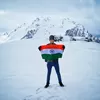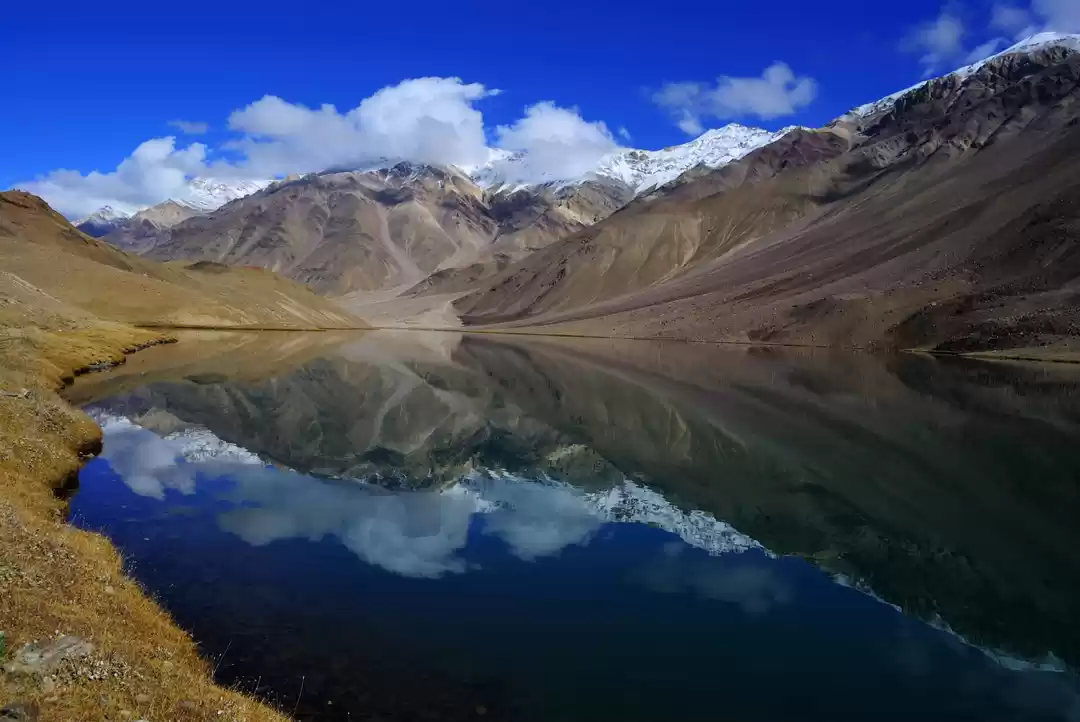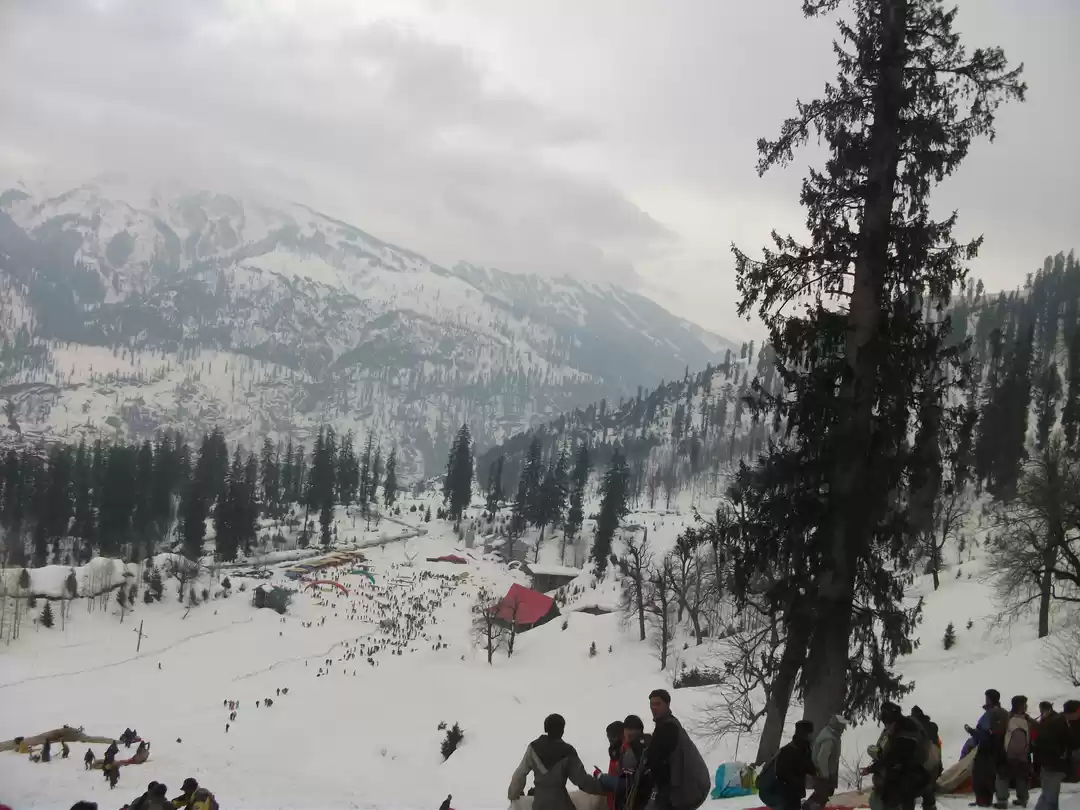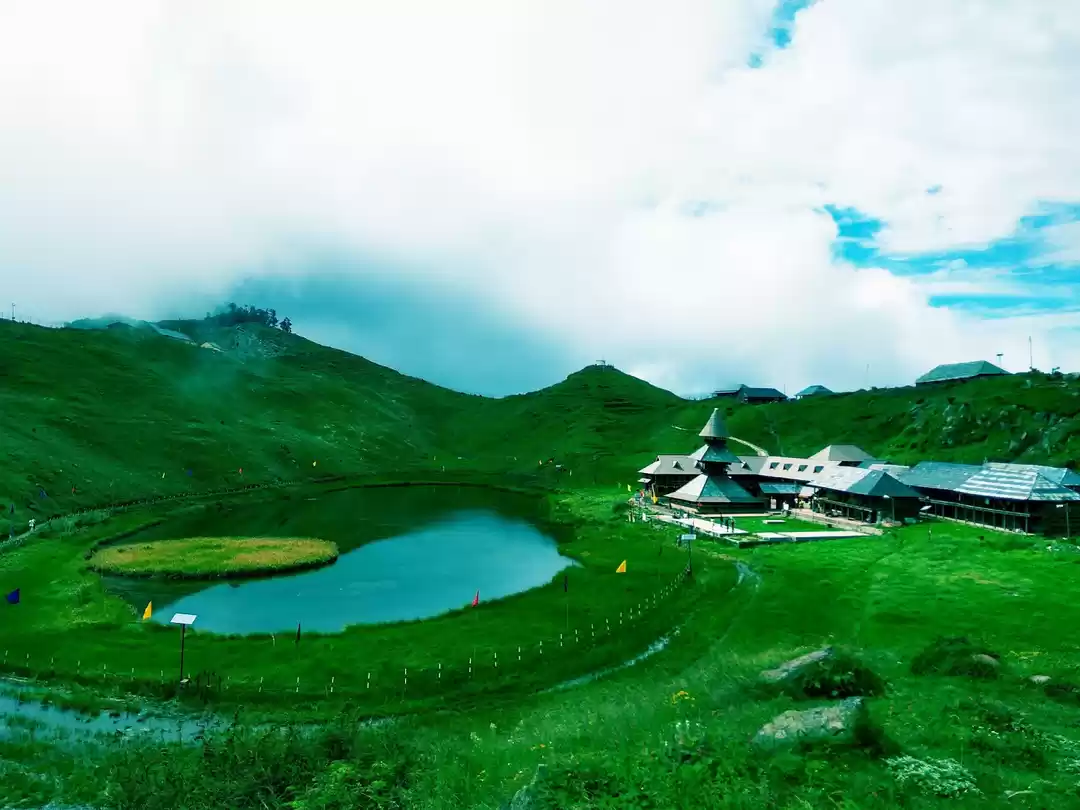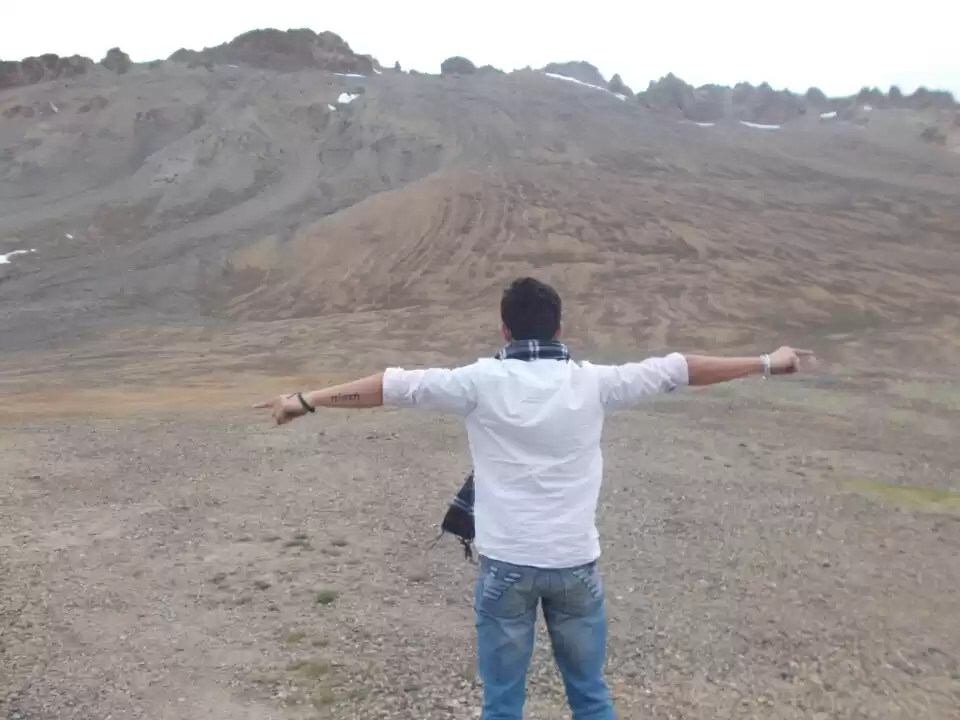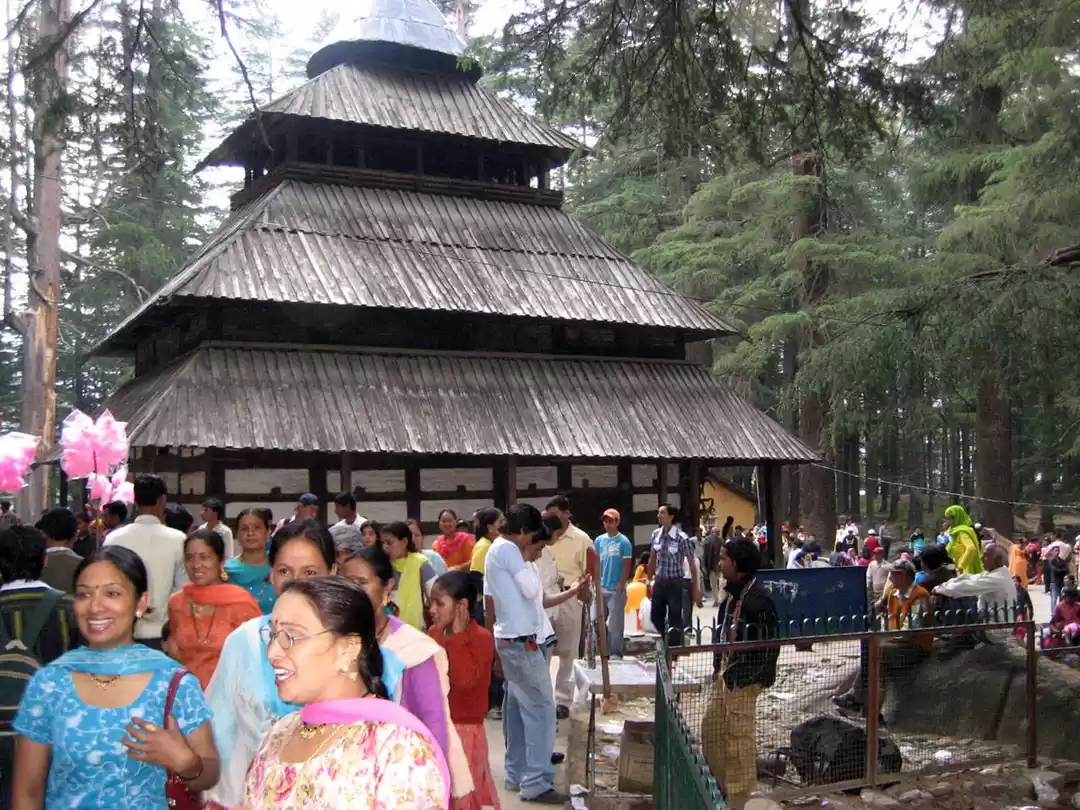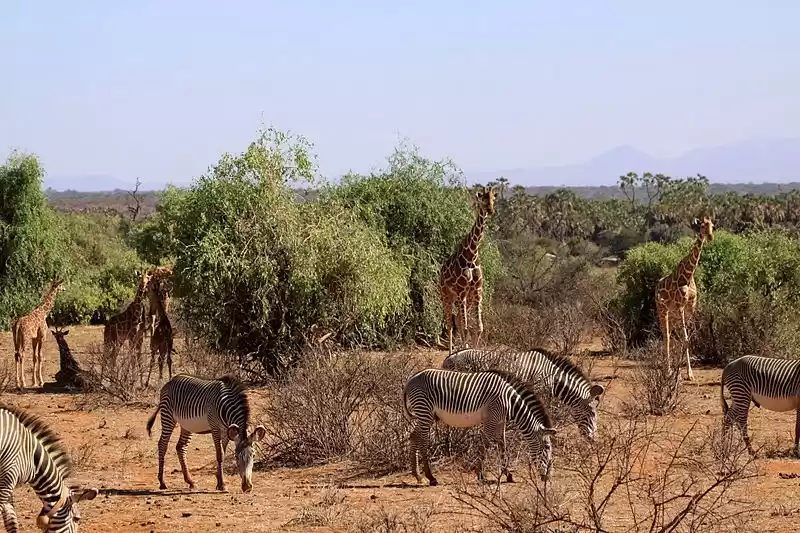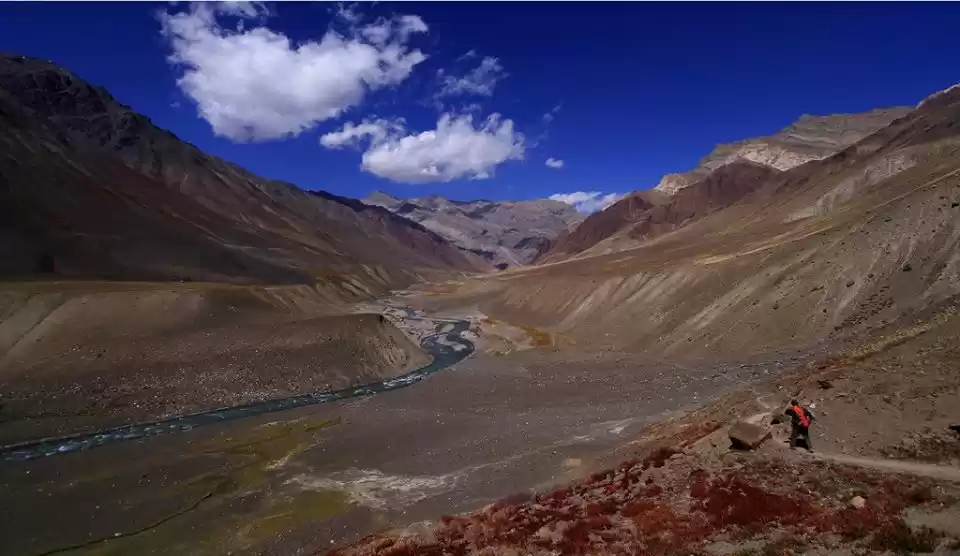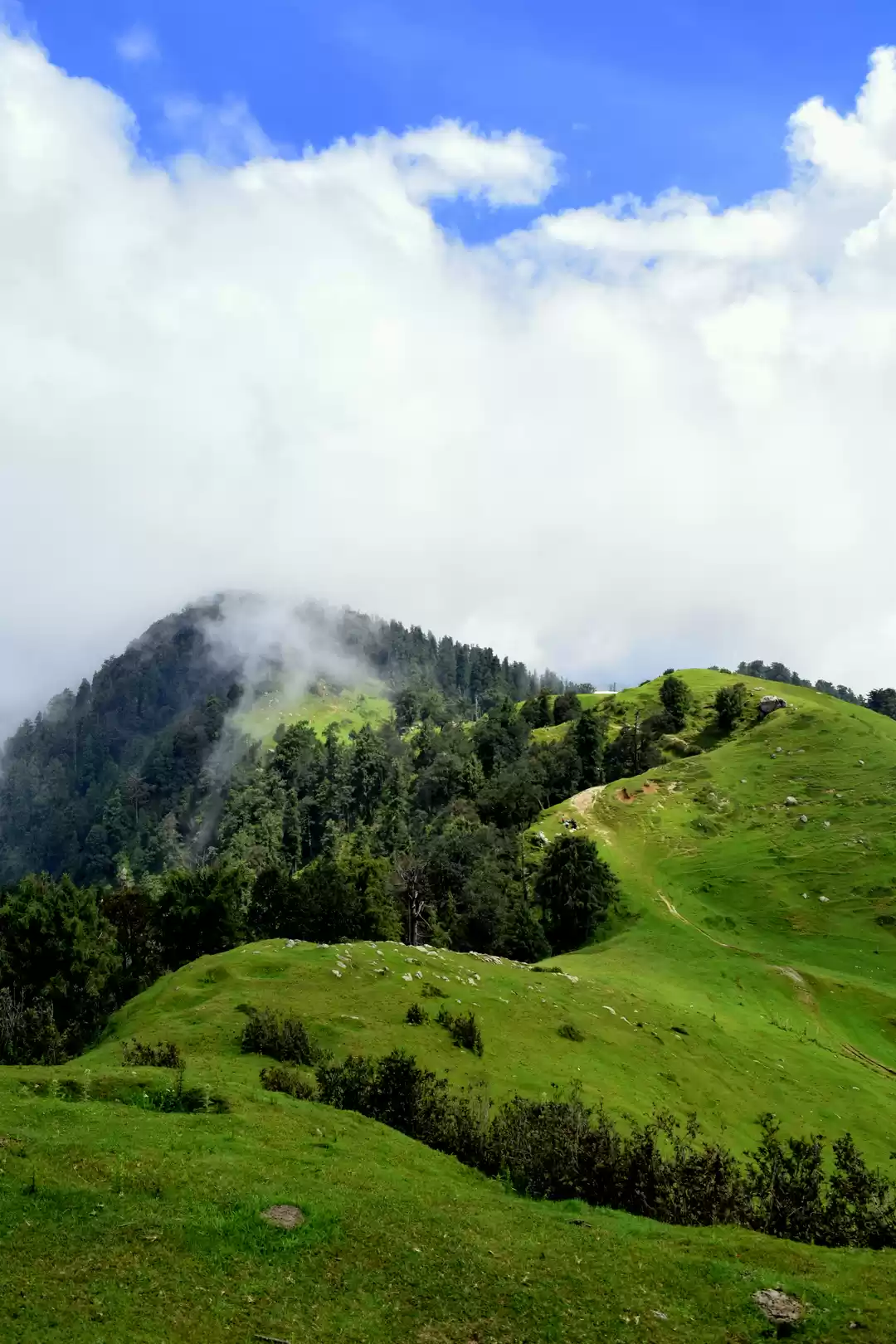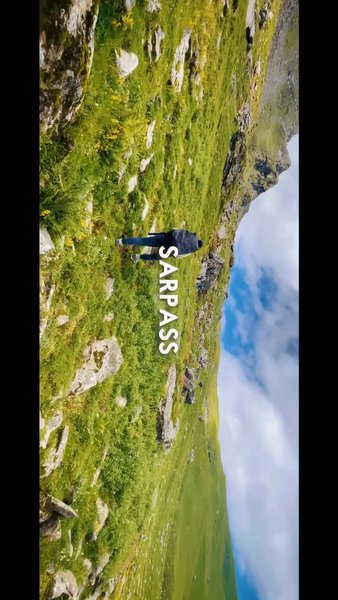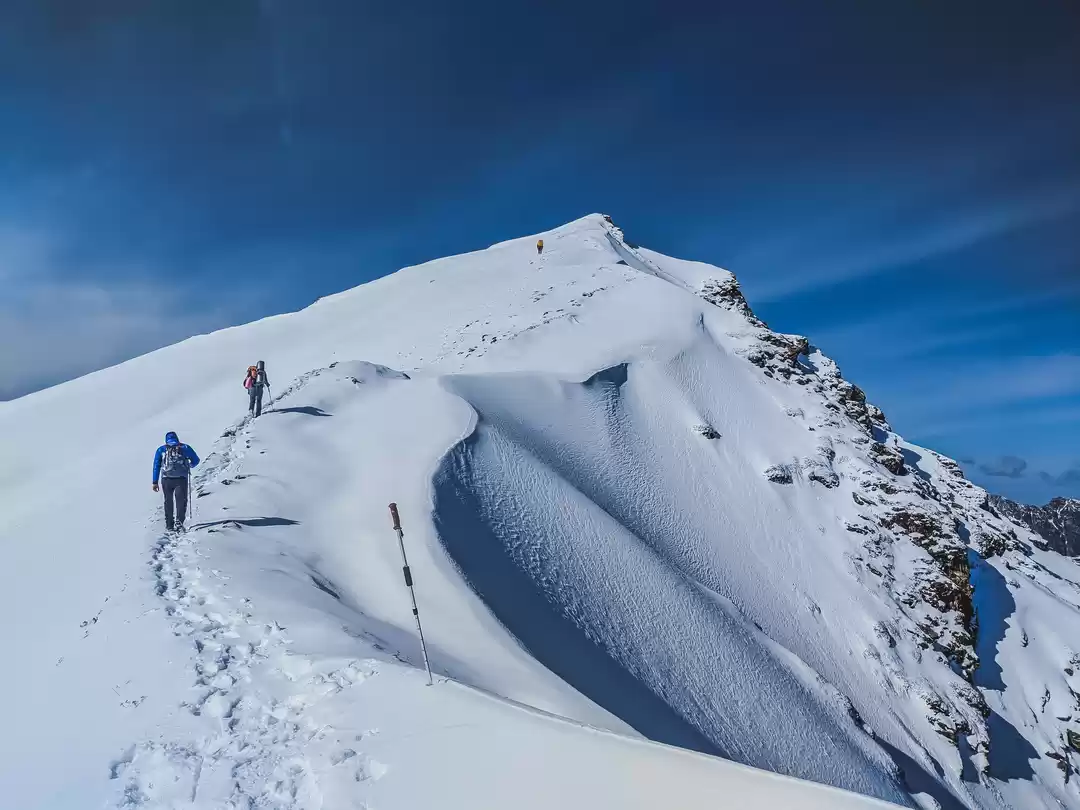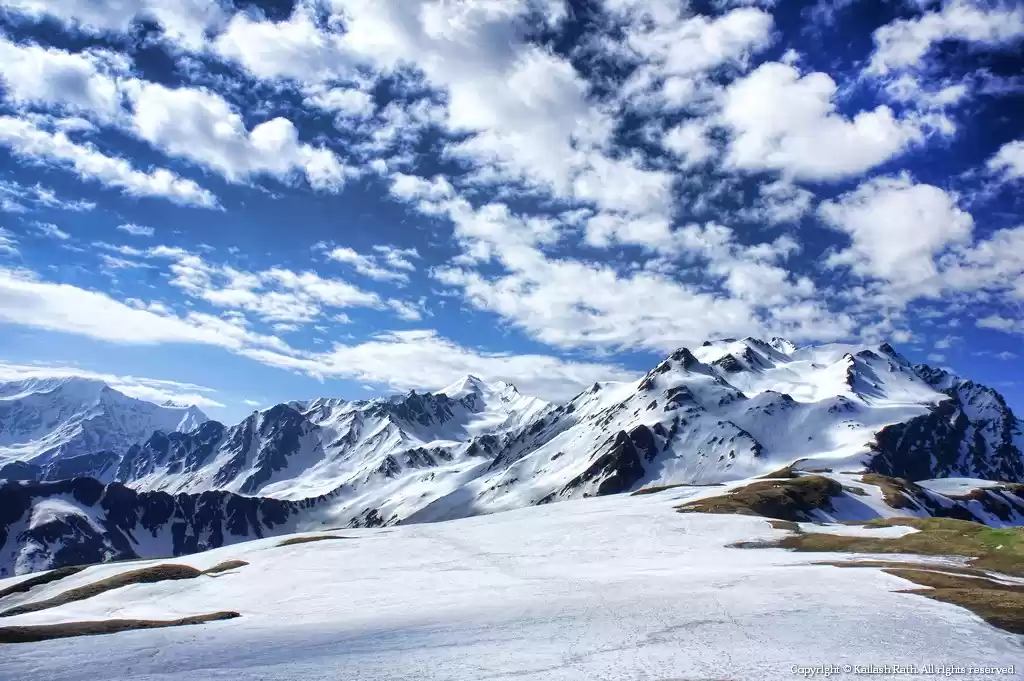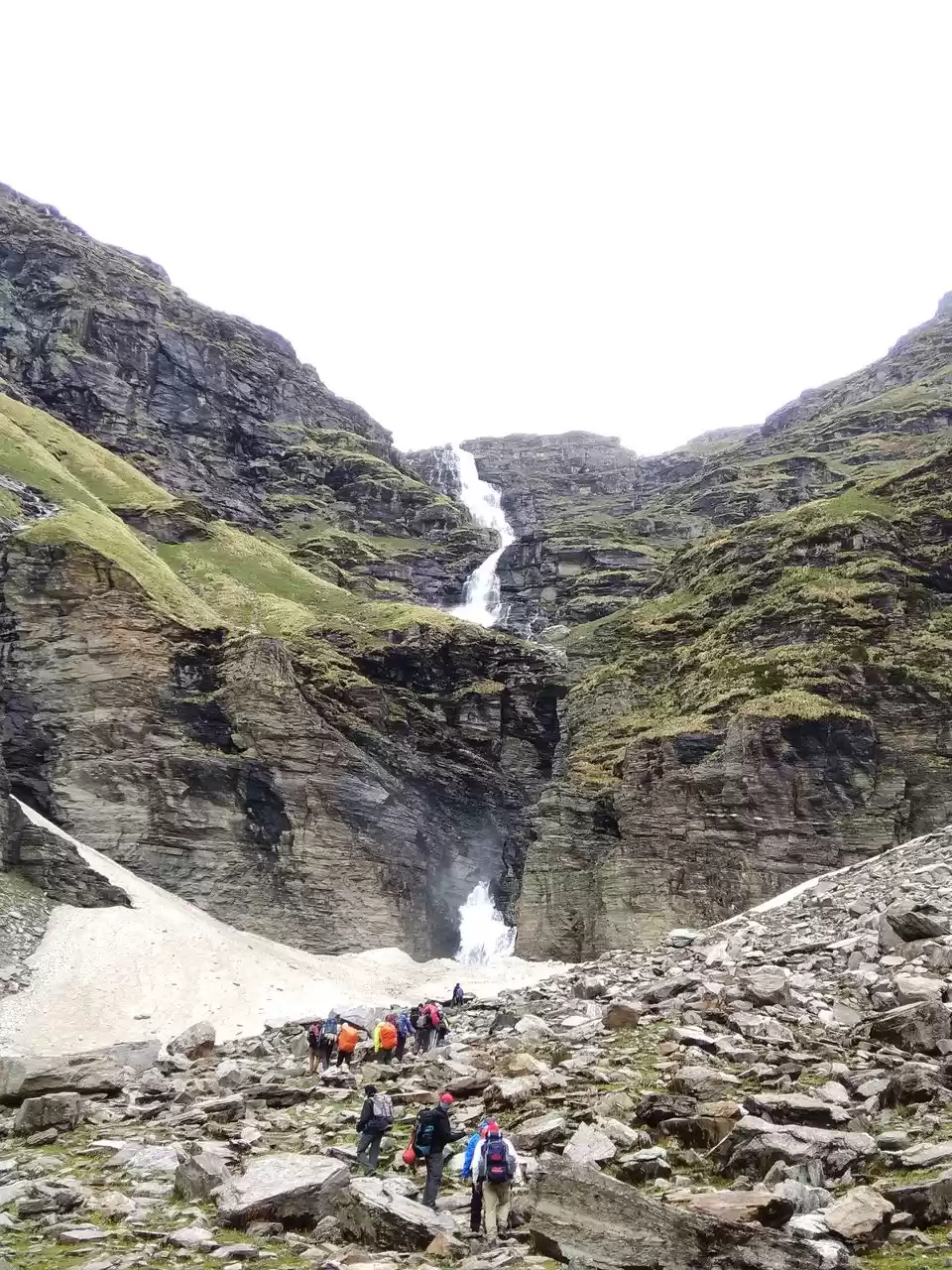Are you looking for a thrilling and scenic trek in the Himalayas? Do you want to experience the beauty and diversity of nature, culture, and adventure in one trip? If yes, then you should definitely consider the Sar Pass Trek in Kasol, Himachal Pradesh, India.
The Sar Pass Trek is one of the most popular and rewarding treks in the Parvati Valley. It takes you through lush green forests, alpine meadows, snow-capped mountains, and sparkling streams. You will also get to witness the charming villages, friendly locals, and rich traditions of the region. The Sar Pass Trek is a perfect blend of challenge and fun for anyone who loves nature and trekking.
In this article, we will provide you with a complete guide to the Sar Pass Trek, covering everything you need to know before you embark on this Himalayan adventure. So, let’s get started!
How to Reach
The starting point of the Sar Pass Trek is Kasol, a small and picturesque town in the Kullu district of Himachal Pradesh. Kasol is also known as the mini-Israel of India, as it attracts a lot of Israeli tourists and backpackers. Kasol is famous for its cafes, markets, and hippie vibe.
To reach Kasol, you have several options depending on your mode of transport. Here are some of them:
By Air:
The nearest airport to Kasol is Bhuntar Airport, which is about 31 km away. You can take a flight from Delhi or Chandigarh to Bhuntar Airport and then hire a taxi or take a bus to Kasol. The flight duration from Delhi to Bhuntar is about 1 hour and 20 minutes, while from Chandigarh it is about 45 minutes. The taxi fare from Bhuntar to Kasol is around Rs 1000-1500, while the bus fare is around Rs 50-100.
By Rail:
The nearest railway station to Kasol is Joginder Nagar Railway Station, which is about 144 km away. You can take a train from Delhi or Chandigarh to Joginder Nagar Railway Station and then hire a taxi or take a bus to Kasol. The train duration from Delhi to Joginder Nagar is about 10 hours, while from Chandigarh it is about 6 hours. The taxi fare from Joginder Nagar to Kasol is around Rs 3000-4000, while the bus fare is around Rs 200-300.
By Road:
You can also reach Kasol by road from Delhi or Chandigarh by taking a private car or a bus. The road distance from Delhi to Kasol is about 517 km, while from Chandigarh it is about 268 km. The road journey from Delhi to Kasol takes about 12 hours, while from Chandigarh it takes about 7 hours. The car rental cost from Delhi or Chandigarh to Kasol is around Rs 8000-10000 per day, while the bus ticket cost is around Rs 800-1200 per person.
Itinerary
The Sar Pass Trek is a 5-day trek that covers a total distance of 48 km. The trek starts from Kasol and ends at Barshaini Village. The trek passes through several beautiful places such as Grahan Village, Mung Thach Campsite, Nagaru Campsite, Sar Pass Top, and Biskeri Thach Campsite. Here is the detailed day-wise description of the Sar Pass Trek itinerary:
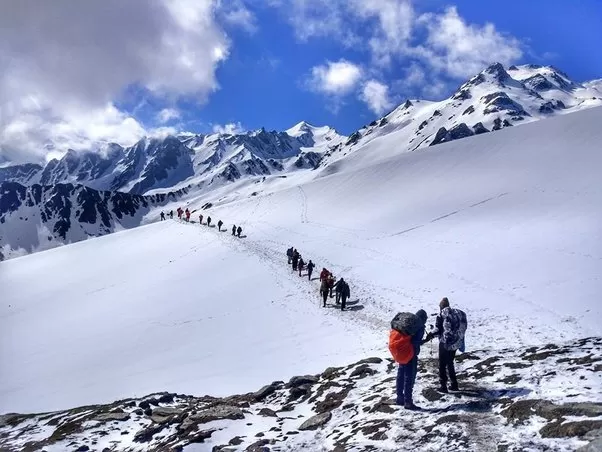
Day 1: Kasol to Grahan Village (10 km | 5 hours | 7700 ft)
The first day of the trek begins with a short drive from Kasol to the trekking point near Parvati River. From there, you will start walking along the river bank, crossing several bridges and enjoying the views of the valley. You will also pass through some apple orchards and pine forests on your way.
After about 4 hours of trekking, you will reach Grahan Village, which is your first campsite for the night. Grahan Village is a quaint and colorful village that is home to the locals of the Parvati Valley. You will get to interact with them and learn about their culture and lifestyle. You will also get to taste some of their delicious local cuisine for dinner.
Also check out: Sar Pass: Reminiscing my first trekking trip
Day 2: Grahan Village to Mung Thach Campsite (7 km | 5 hours | 11200 ft)
The second day of the trek starts with a steep ascent from Grahan Village to the higher altitudes of the valley. You will trek through dense forests of rhododendron, oak, and deodar trees, which are full of birds and animals. You will also encounter some snow patches as you climb higher.
After about 5 hours of trekking, you will reach Mung Thach Campsite, which is your second campsite for the night. Mung Thach Campsite is a flat and open meadow that offers stunning views of the snow-capped peaks and the valley below. You will also get to witness a spectacular sunset and a starry night from here.
Day 3: Mung Thach Campsite to Nagaru Campsite (7 km | 6 hours | 12500 ft)
The third day of the trek is the most challenging and rewarding one, as you will trek to the highest point of the Sar Pass Trek, which is Nagaru Campsite. You will trek through some steep and slippery slopes, rocky terrains, and narrow ridges, which will test your stamina and skills. You will also cross some frozen streams and snowfields, which will add to the thrill and fun.
After about 6 hours of trekking, you will reach Nagaru Campsite, which is your third campsite for the night. Nagaru Campsite is a small and windy patch of land that overlooks the majestic mountains and the valley. You will also get to see a breathtaking sunrise and a panoramic view of the Sar Pass from here.
Day 4: Nagaru Campsite to Sar Pass Top to Biskeri Thach Campsite (14 km | 8 hours | 13800 ft)
The fourth day of the trek is the most exciting and memorable one, as you will trek to the Sar Pass Top, which is the ultimate destination of the Sar Pass Trek. You will trek through some steep and snowy slopes, which will require some caution and guidance. You will also experience some adrenaline rush as you slide down some snow slopes, which will make you feel like a child again.
After about 4 hours of trekking, you will reach Sar Pass Top, which is the highest point of the Sar Pass Trek at an altitude of 13800 ft. Sar Pass Top is a narrow pass that connects the Parvati Valley with the Tosh Valley. You will get to see a magnificent view of both the valleys and the surrounding peaks from here. You will also feel a sense of achievement and pride as you hoist the Indian flag and take some photos at the Sar Pass Top.
After spending some time at the Sar Pass Top, you will descend to Biskeri Thach Campsite, which is your fourth campsite for the night. Biskeri Thach Campsite is a large and green meadow that offers a contrast to the snow-covered landscape you have seen so far. You will also get to see some beautiful flowers and grasses here.
Day 5: Biskeri Thach Campsite to Barshaini Village (10 km | 4 hours | 8000 ft)
The fifth and final day of the trek is an easy and relaxing one, as you will trek downhill from Biskeri Thach Campsite to Barshaini Village. You will trek through some pine forests, waterfalls, and villages, which will give you a glimpse of the rural life of Himachal Pradesh. You will also pass by some famous attractions such as Tosh Village, Kalga Village, Pulga Village, and Manikaran Sahib.
After about 4 hours of trekking, you will reach Barshaini Village, which is the end point of the Sar Pass Trek. Barshaini Village is a small and lively village that is situated at the confluence of Parvati River and Tosh River. You will take a bus or a taxi from Barshaini Village to Kasol, where you can celebrate your successful completion of the Sar Pass Trek with your fellow trekkers.
Price and Booking
The price of the Sar Pass Trek varies depending on several factors such as season, group size, operator, inclusions and exclusions, etc. However, on average, you can expect to pay around Rs 10000-15000 per person for a 5-day Sar Pass Trek package.
Things to Carry
The things to carry for the Sar Pass Trek are very important, as they can make or break your trekking experience. You should pack wisely and efficiently for the Sar Pass Trek, keeping in mind the weather conditions, altitude changes, and duration of the trek. You should also carry only the essential items that you need for the trek and avoid any unnecessary or extra items that can add to your weight and hassle.
Here is a list of essential items that you should carry for the Sar Pass Trek. We have categorized them into mandatory and optional items for your convenience.
Mandatory Items
Clothing: You should carry warm layers, waterproof jacket, fleece jacket, thermal wear, trekking pants, woolen socks, gloves, cap, sunglasses, etc. You should also carry a change of clothes for each day of the trek and avoid cotton clothes as they can get wet and cold easily.
Footwear: You should carry sturdy trekking shoes with good grip and ankle support. You should also carry spare sandals or slippers for campsite use.
Accessories: You should carry a backpack with rain cover, trekking poles, water bottle or hydration pack, headlamp or torch, power bank or solar charger, camera or phone, etc. You should also carry some plastic bags or ziplock bags to store your wet clothes or trash.
Toiletries: You should carry sunscreen lotion, lip balm, moisturizer, wet wipes, sanitizer, toilet paper, towel, soap, toothbrush, toothpaste, etc. You should also carry some biodegradable products to minimize your environmental impact.
Personal medication: You should carry prescription medicines if any, painkillers, anti-allergic pills, anti-diarrhea pills, oral rehydration salts, band-aids, antiseptic cream, etc. You should also consult your doctor before the trek and carry a medical certificate or fitness certificate if required.
Documents: You should carry valid ID proof such as Aadhar card or passport, trekking permit or forest entry fee receipt, insurance policy if any, etc. You should also carry some cash for emergency use.
You may also like to check out: SAR PASS: Trek to the Himalayas
Optional Items
Snacks: You can carry some snacks such as chocolates, dry fruits, energy bars, cookies, etc. to munch on during the trek. They can help you boost your energy and morale.
Books: You can carry some books such as novels, magazines, comics, etc. to read during your leisure time at the campsite. They can help you relax and unwind.
Games: You can carry some games such as cards, chess, ludo, etc. to play with your fellow trekkers at the campsite. They can help you bond and have fun.
Music: You can carry some music such as songs, podcasts, audiobooks, etc. to listen to during your trek or at the campsite. They can help you enjoy and motivate yourself.
Best Time To Visit
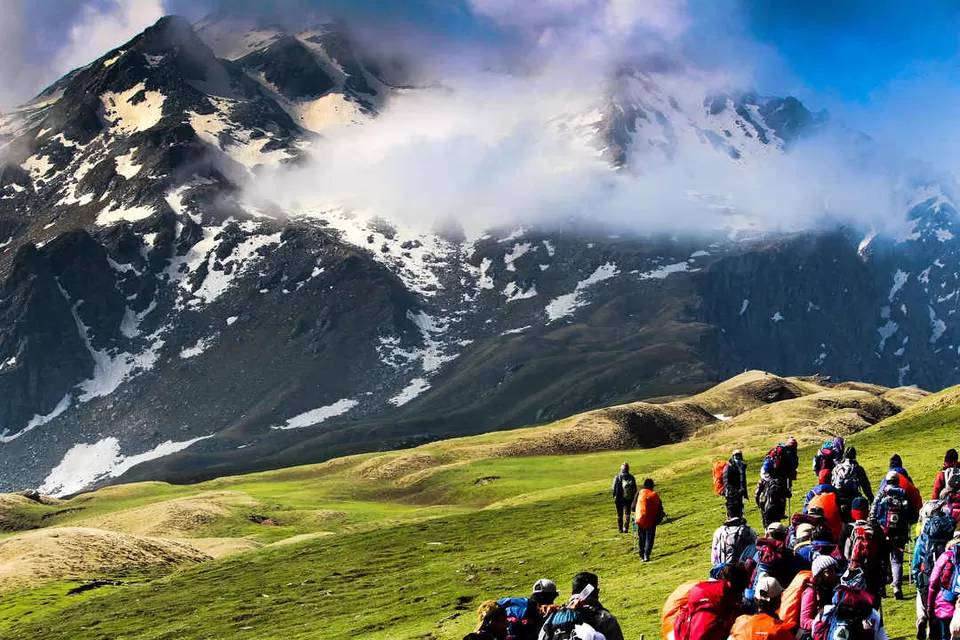
The best time to visit the Sar Pass Trek is from May to October, as the weather is pleasant, the skies are clear, and the views are breathtaking. You can enjoy the beauty and diversity of nature, culture, and adventure during these months. However, you should also check the weather forecast before starting the trek, as the weather conditions can be unpredictable in the mountains.
The Sar Pass Trek is a complete guide to the Himalayan adventure that you have been dreaming of. It is a trek that will challenge you, thrill you, and reward you with unforgettable memories and experiences.
You will get to see the beauty and diversity of nature, culture, and adventure in one trip. You will also get to learn and grow as a trekker and a traveller.
Don’t miss this opportunity to explore the Himalayas like never before. Book your Sar Pass Trek with Tripoto now and get ready for the adventure of a lifetime!

